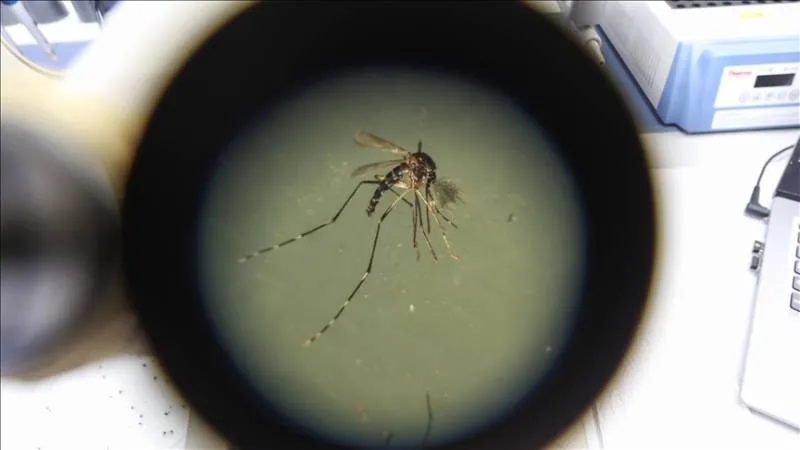El Nino Linked to Increased Dengue Fever Cases in the Americas
A recent study published in Science Translational has revealed a concerning correlation between El Nino events and subsequent outbreaks of dengue fever in the Americas. The research suggests that these outbreaks typically occur approximately five months after an El Nino event.
Understanding the Connection
El Nino, a climate pattern characterized by warmer-than-average sea surface temperatures in the central and eastern tropical Pacific Ocean, can significantly impact weather patterns worldwide. This study indicates that the altered weather conditions following an El Nino may create favorable environments for the spread of dengue fever.
Key Findings of the Study
- Dengue fever outbreaks in the Americas tend to peak about five months after an El Nino event.
- The altered climate conditions associated with El Nino may promote mosquito breeding and virus transmission.
- The research highlights the importance of monitoring El Nino events to anticipate and prepare for potential dengue outbreaks.
Implications for Public Health
These findings have significant implications for public health officials in the Americas. By understanding the link between El Nino and dengue fever, they can implement proactive measures to mitigate the risk of outbreaks. These measures may include:
- Enhanced mosquito control programs
- Public awareness campaigns to educate communities about dengue prevention
- Improved surveillance and early detection of dengue cases
Preventive Measures
Protect yourself from mosquito bites:
- Use mosquito repellent containing DEET, picaridin, or IR3535.
- Wear long-sleeved shirts and pants, especially during peak mosquito activity hours.
- Ensure window and door screens are in good repair to prevent mosquitoes from entering your home.
Eliminate mosquito breeding grounds:
- Empty standing water from containers such as tires, flower pots, and buckets.
- Clean gutters to prevent water from accumulating.
- Regularly change the water in bird baths and pet bowls.
Final Words
The study’s findings underscore the need for a coordinated approach to dengue prevention, involving collaboration between climate scientists, public health officials, and communities. By leveraging climate information and implementing targeted interventions, it is possible to reduce the burden of dengue fever in the Americas.



+ There are no comments
Add yours